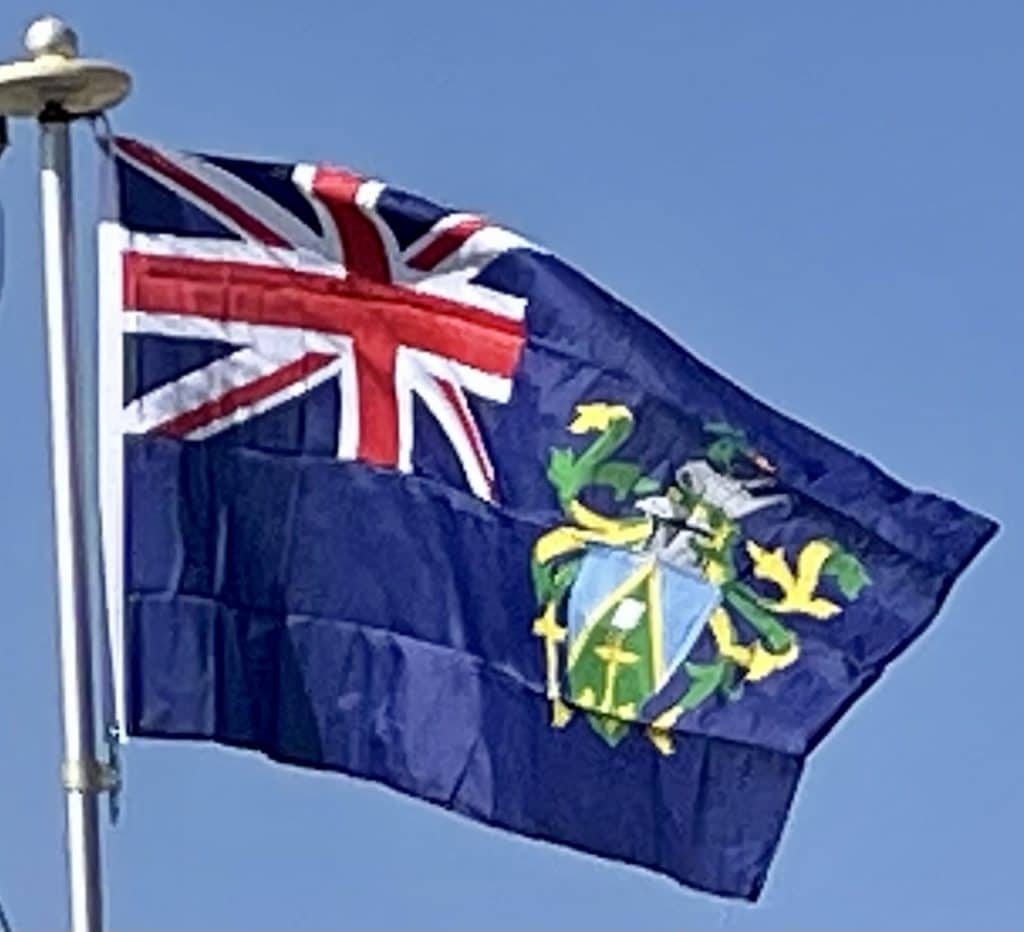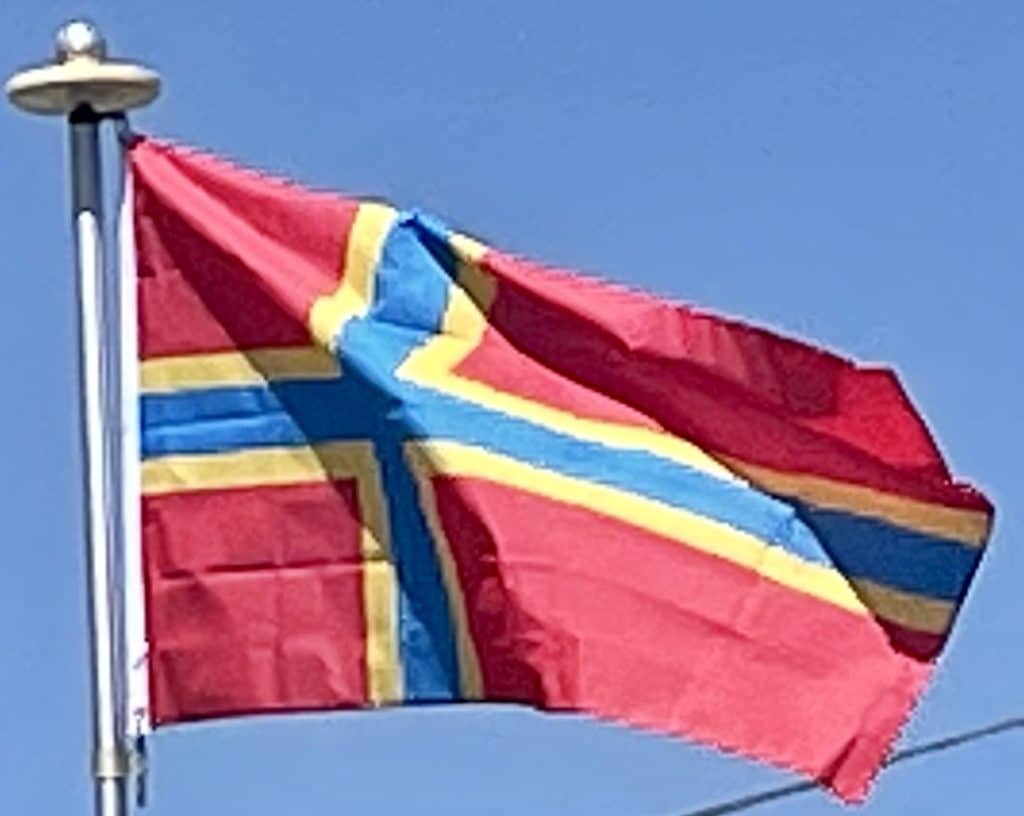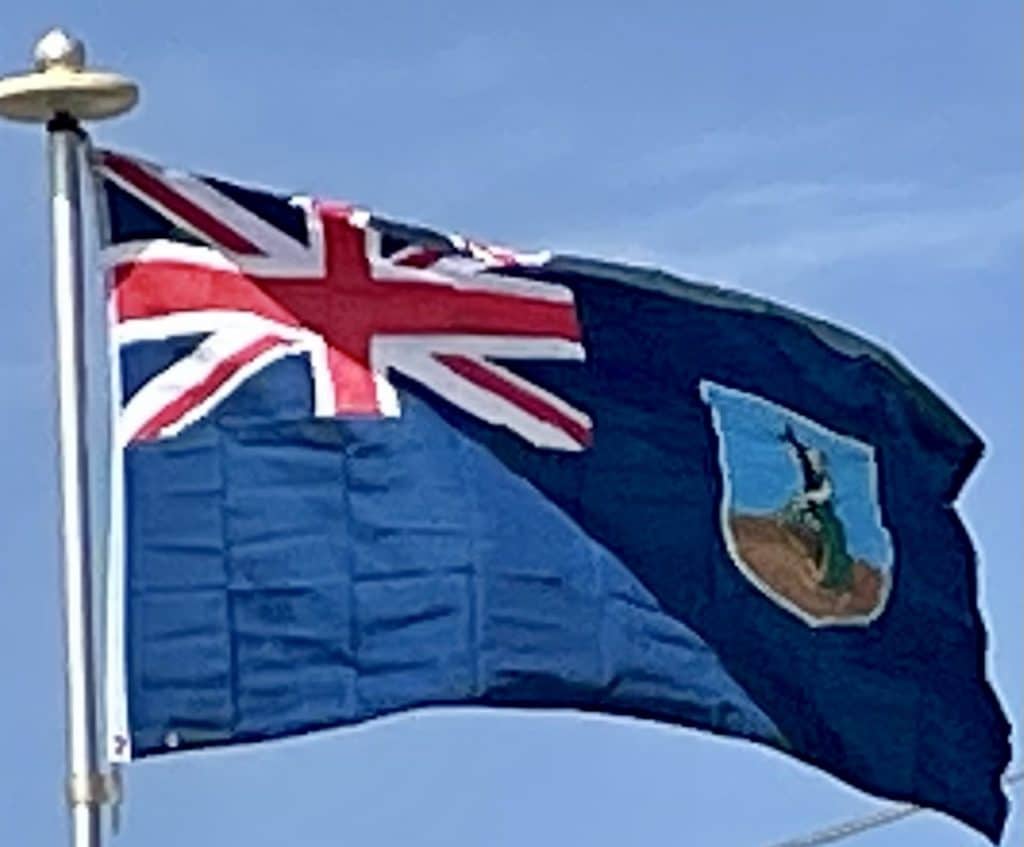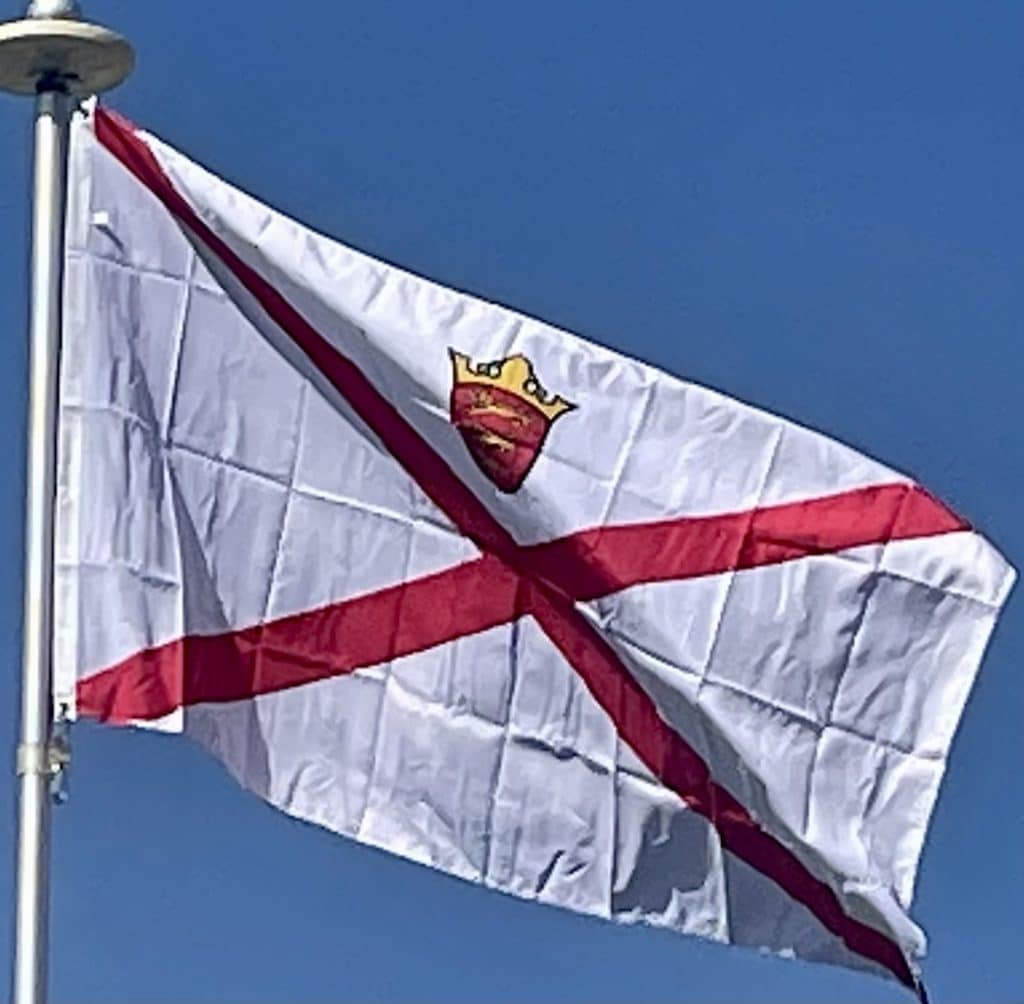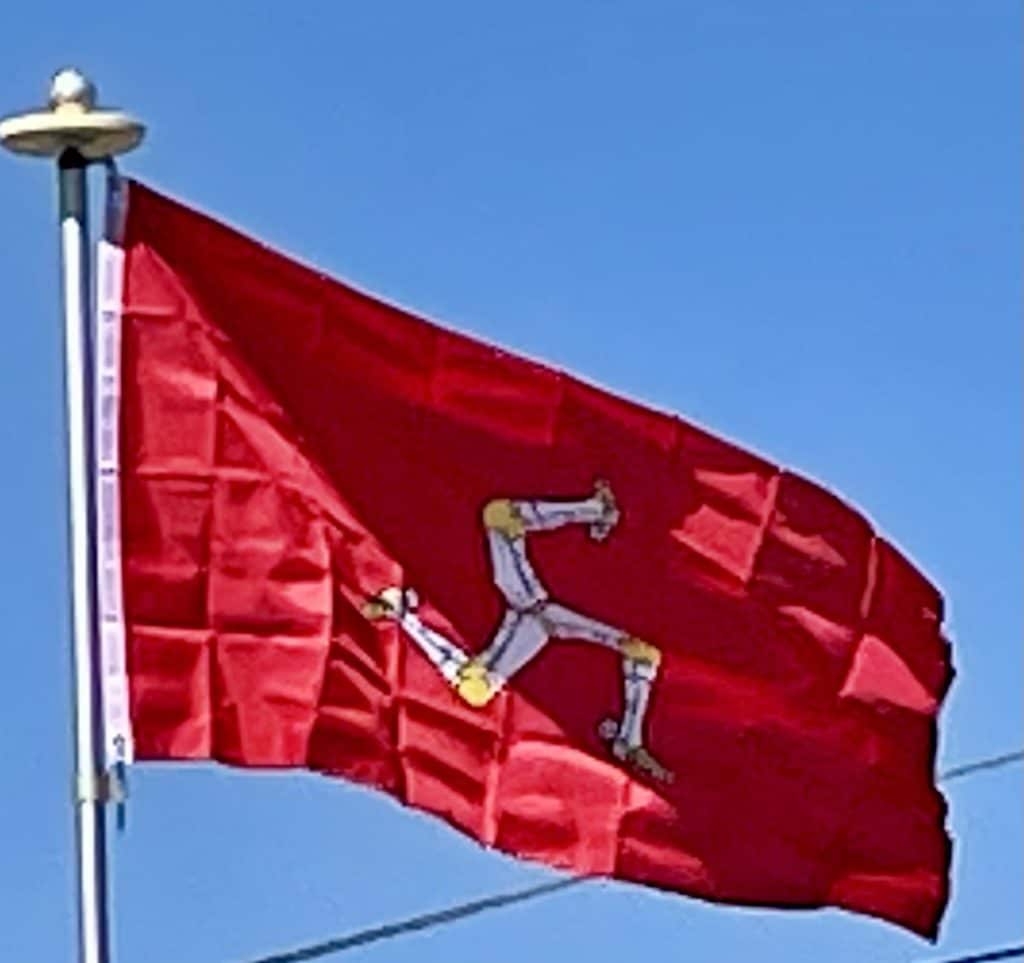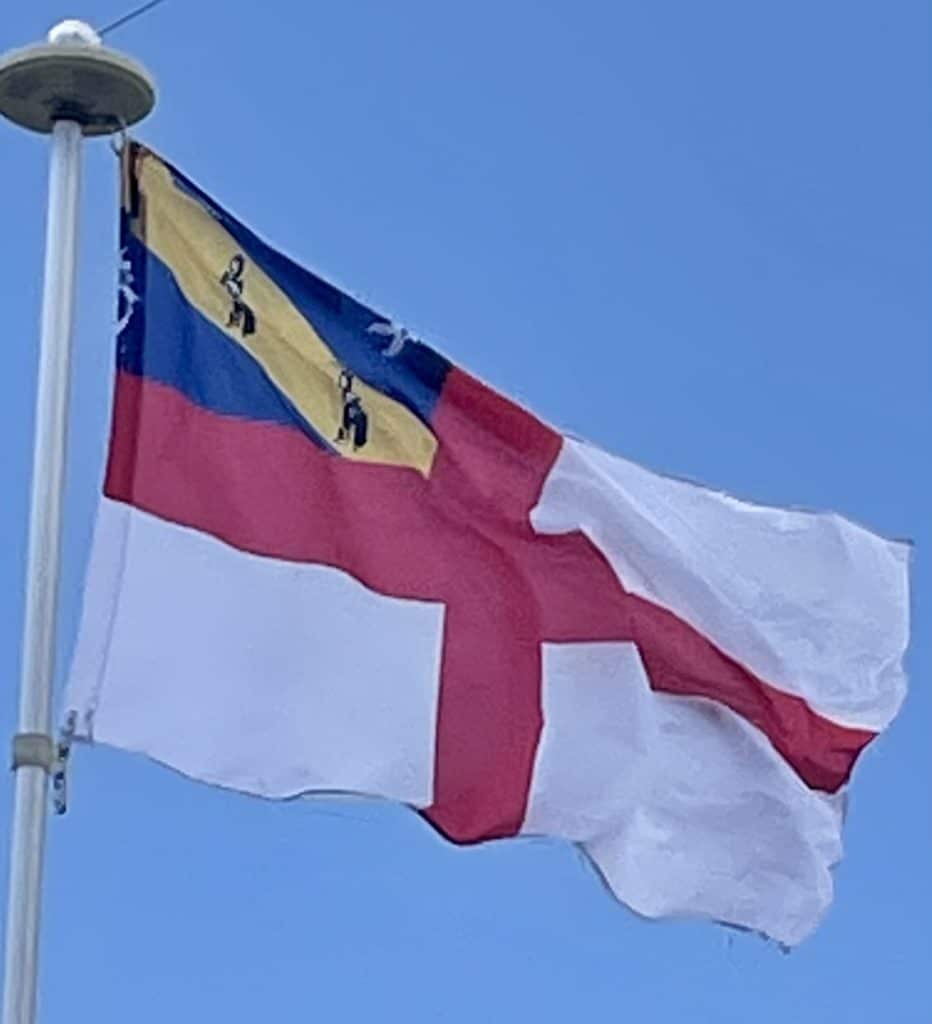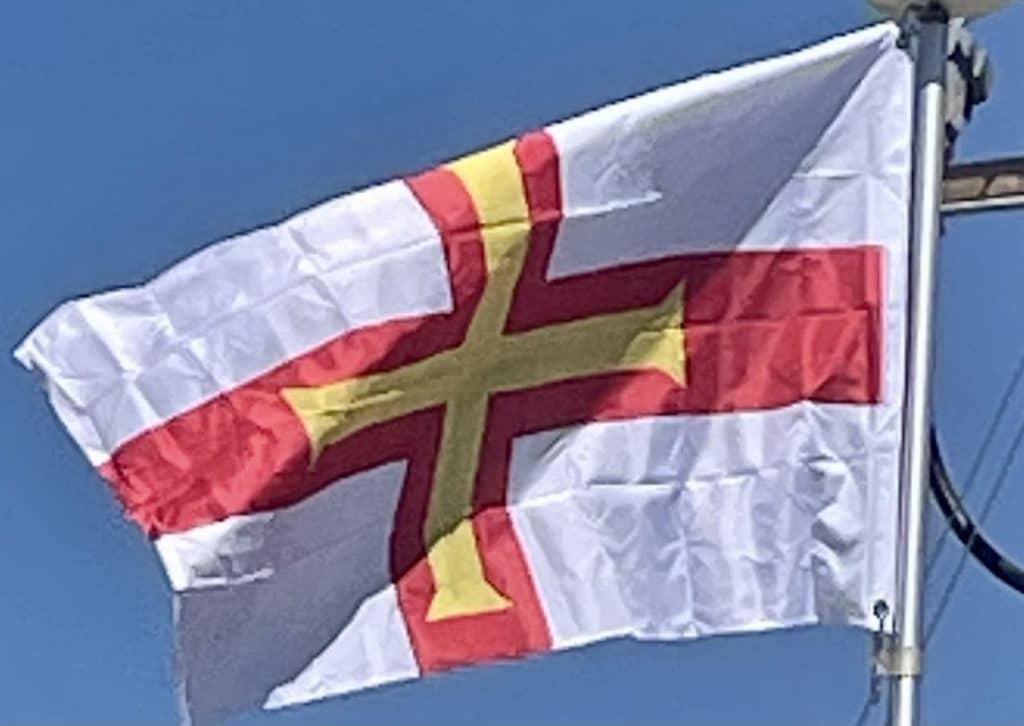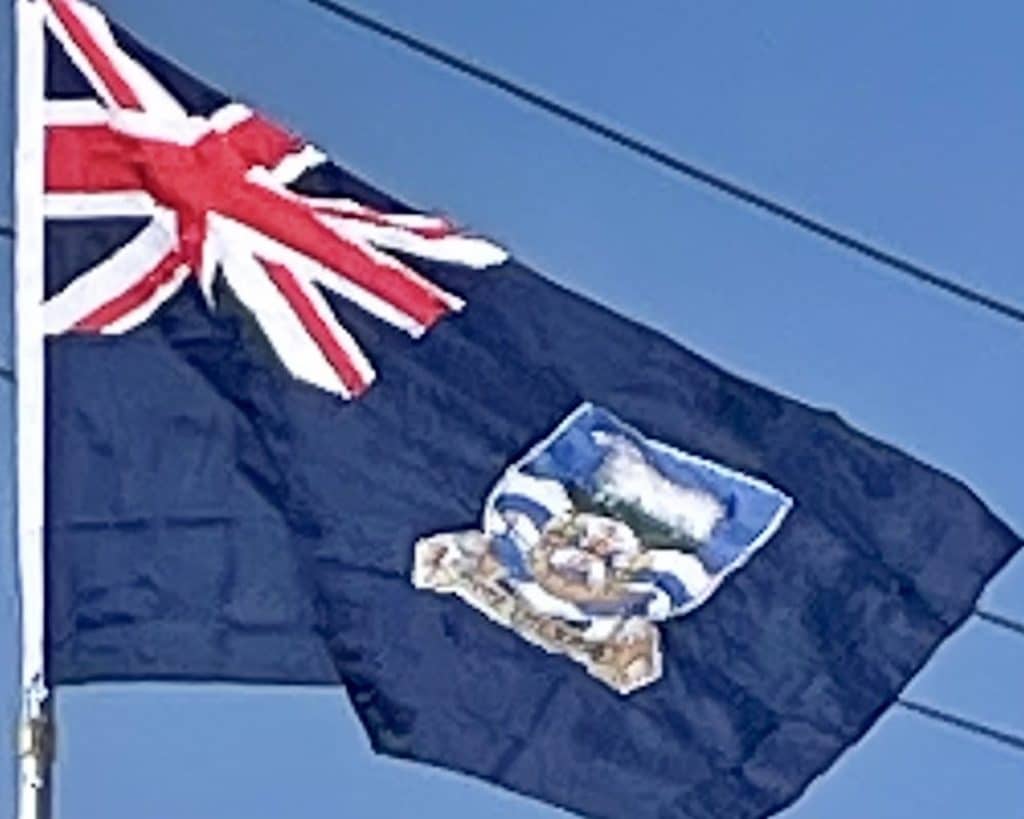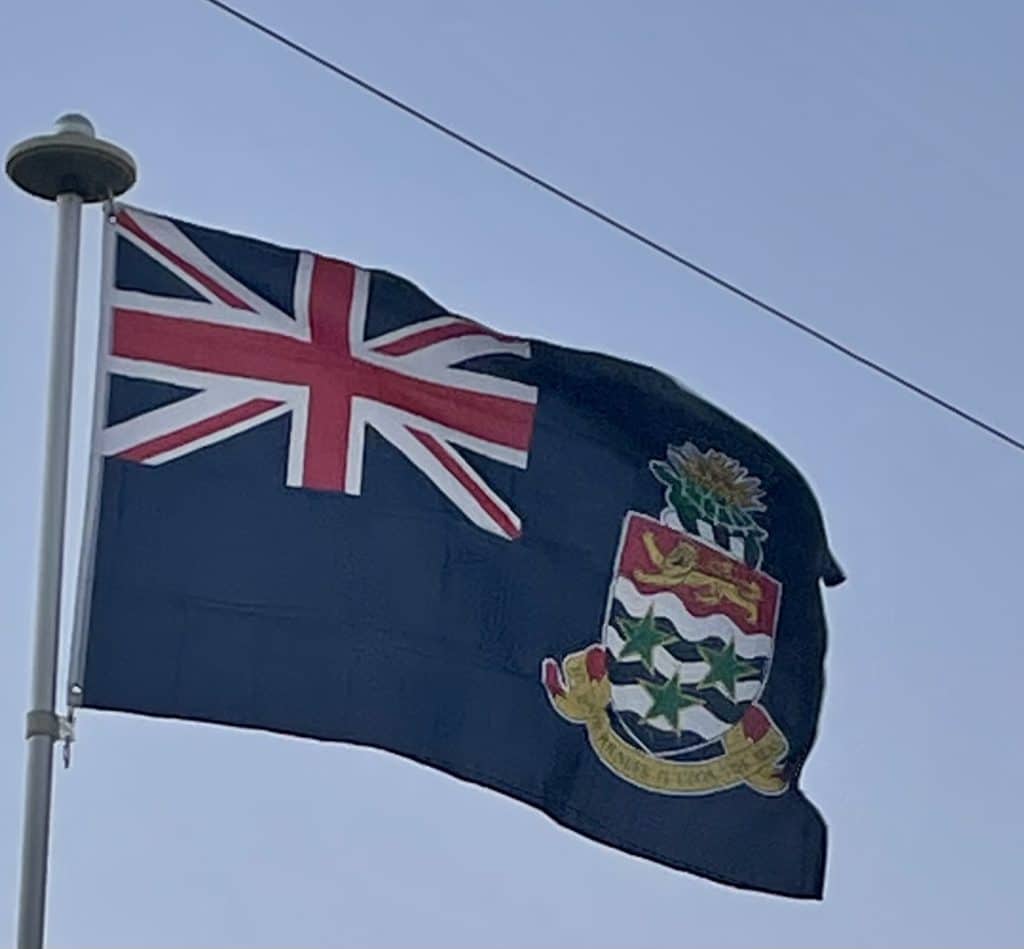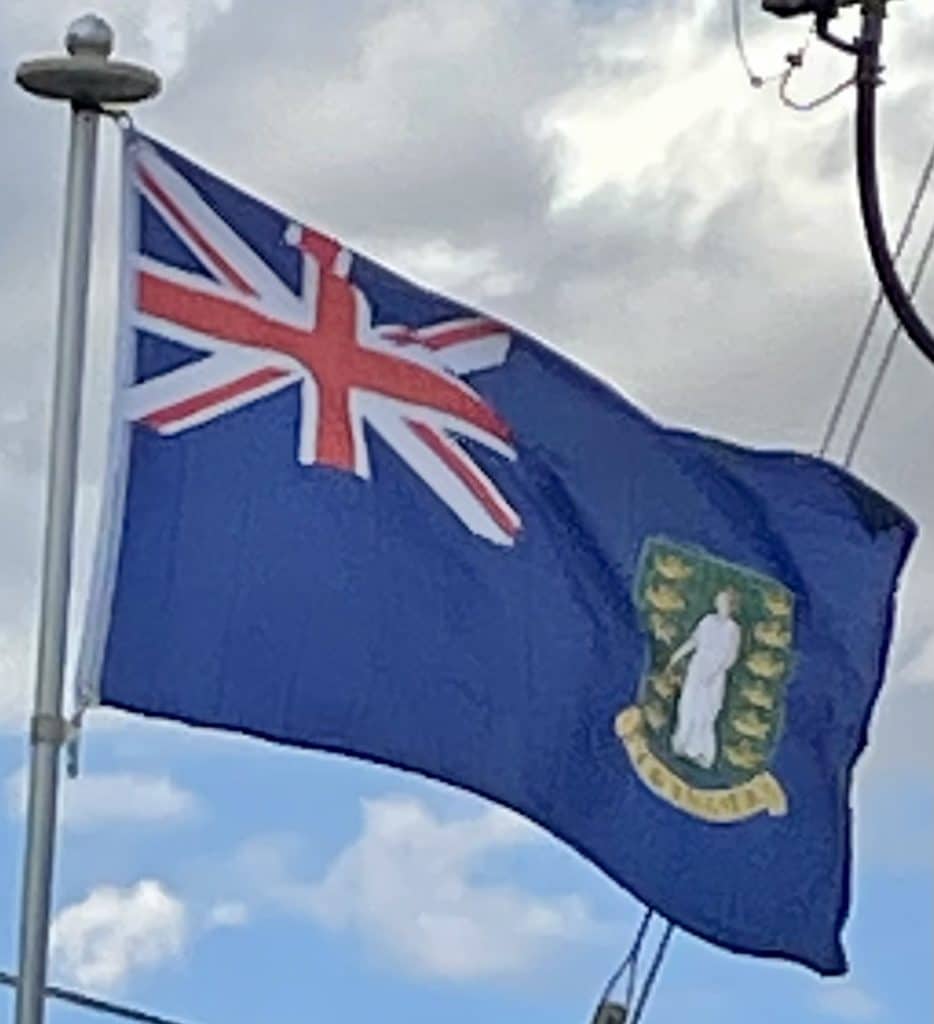Pitcairn Islands
The coat of arms of the Pitcairn Islands was granted by royal warrant dated 4 November 1969. The flag of the Pitcairn Islands was adopted on 2 April 1984. The design was suggested by the Pitcairn Island Council in December 1980 and approved by Queen Elizabeth II in April 1984. The flag was flown on Pitcairn for the first time in May 1984, during a visit by the then Governor, Sir Richard Stratton (1980—84)
